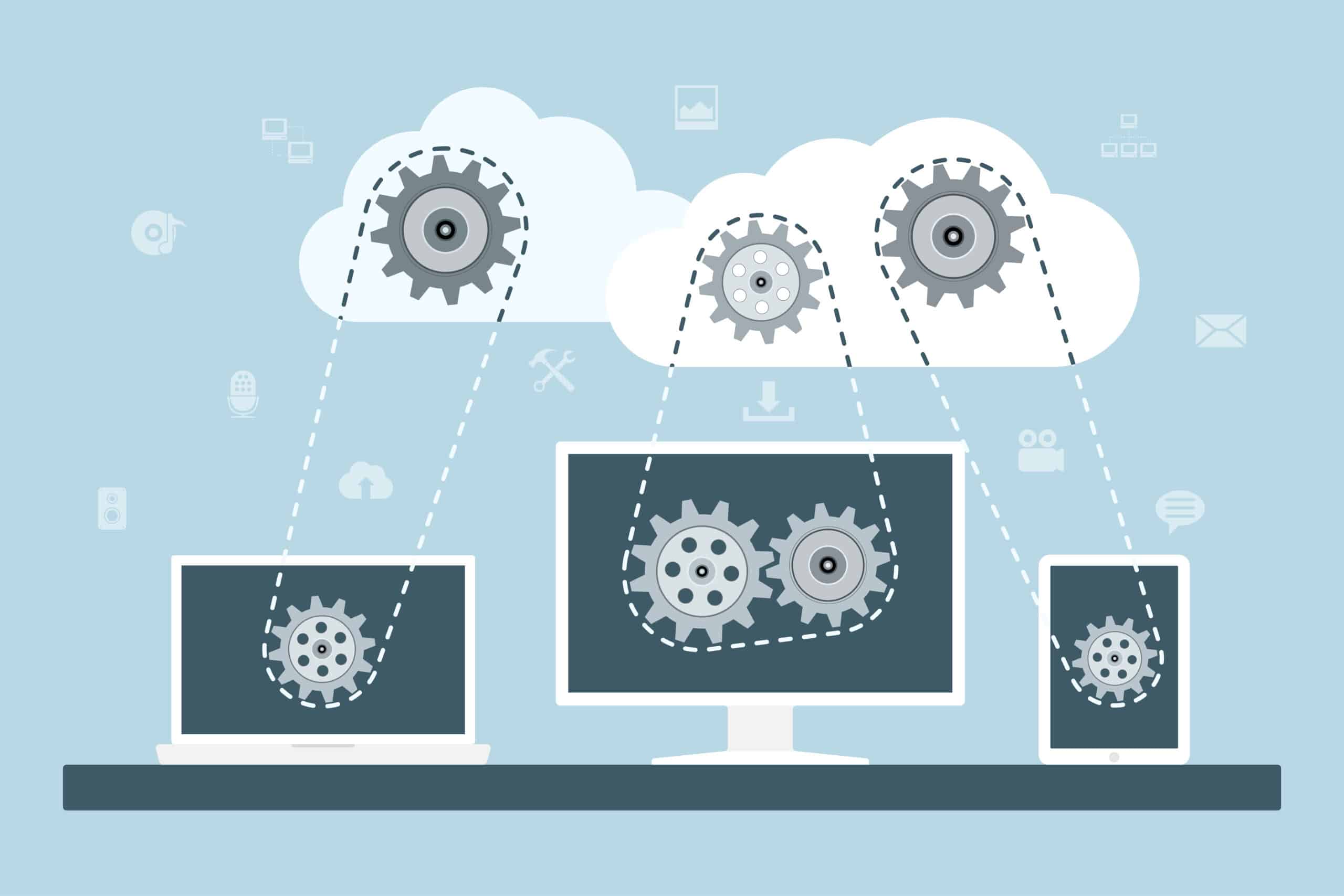The focus of this blog is mobile computing. In my mind that means work and school more and entertainment less, which brings us to the topic of backing up your work.
I haven’t suffered a surprise computer failure in years, but even so I still try to keep my work files backed up online. Not only does this protect me from the unexpected, but it also means all my work is stored in the cloud. This enables me to work on that backed up file on other devices (for example, I like to write blog posts on my iPad, and then edit and publish them from my laptop).
Before I go further, I want to note that this post focuses on laptops but not smartphones and tablets because Android, iOS, and other mobile OSes pretty uniformly support automatic device backups. You don’t really have to do anything to keep from losing your files.
Also, I use backup and sync interchangeably, but they don’t quite mean the same thing. When you back up your files, you usually end up with a single compressed file which you either have to restore or use an app to open/decompress. When you sync your files, you are creating a set of files that exist in two or more places simultaneously. You can browse the sync-ed files, but you cannot easily browse a backup.
I am interested in making an online back up by syncing my files online. For me, this is the most useful way to solve the backup issue, but your mileage may vary.
There are several different ways you can create an automatic cloud backup of your files. For starters, you can use a cloud email service like Gmail rather than a local email client (like Thunderbird). This way all your messages (and attachments!) are in the cloud by default.
Also, you could use cloud services like Google Docs (free) or Microsoft Office 365 (paid) to do your work, in which case the files are saved in the cloud automatically.
I do use Google Docs for a lot of things, but that is a solution for only some of my work files. The bulk of my work files still need to be backed up from my laptop’s hard disk.There are paid solutions to this problem, but they require both money and/or time (both of which I would prefer to spend elsewhere).
Some of your options include:
- Microsoft Windows 10 ships with a feature to back up your apps, and an option to sync your files with OneDrive.
- Apple has options for you to back up your mobile devices or sync your mobile devices with a Mac.
- Dropbox has a sync feature. I haven’t tried it (Dropbox is so frustrating to use that I feel it’s not worth even considering).
- pCloud is a paid cloud sync service which I have not yet tried.
- Icedrive is another paid service.
I want a solution which is both free and really simple, which is why I went with Google Drive. Google has a free desktop app which syncs one or more folders with matching folders in Google Drive. All you have to do is set it up, and the rest happens automatically.
I actually started using this app several years ago, but I stopped after I bought a new laptop. That’s when I discovered a flaw in my plan; while I was able to use the app to sync a file with Google Cloud, I could not get the app on different laptops to sync to the same folders on Google Drive.
This resulted in me having twice as many files, which meant that I no longer had the space to store them online.
And that brings me to the one less than ideal part of this idea.
Google Drive is free for some users, but storage is limited (15+ GB for free Google users). This could mean that you might not be able to use Google Drive to backup all your files, just the most important ones. That is why I didn’t use it to save my games, ebooks, etc when I first started using it – just work files. (I have a Google Workspace account now with 30GB of storage, and that nicely solved my space issues)
I know that this is not a solution for everyone, but it will solve a problem for anyone doing light office work, which is what I was going for. And I was figuring that if you need more than this, if you were frequently moving large video, audio, or image files around, you would already have a paid online storage solution (this would be how you get the files to your clients, customers, or coworkers).
So tell me, what is your solution to this problem?





0 Comments